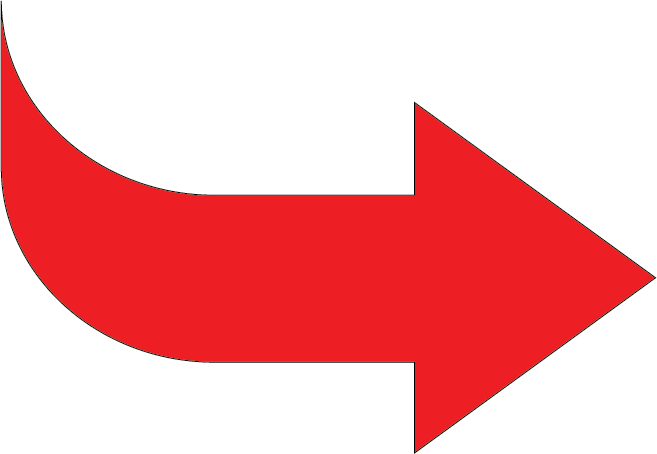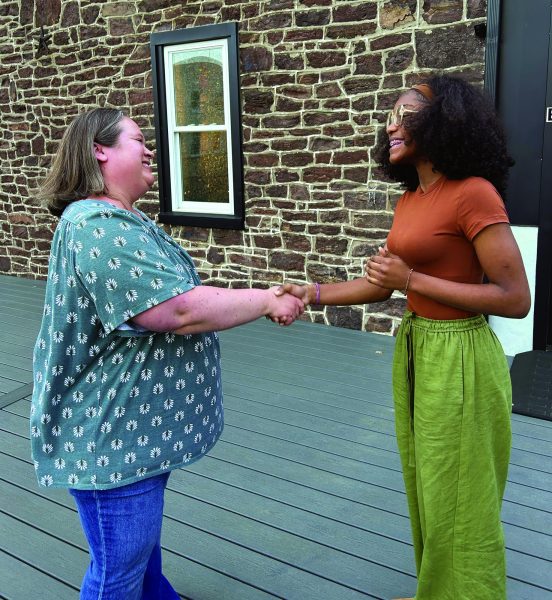Tropes repeat in novels, remain interesting
Through the development of the action-packed young adult novel, we’ve seen many stereotypes arise. We see the same tropes used frequently in these novels and continue to eat them up.
When it comes to novels marketed to young adults, we tend to see the same trends or plotlines repeated again and again.
If this is the case, why do we fall for it every time?
If it isn’t broken, don’t try to fix it.
Novels marketed to teens and younger adults tend to stick with the comfortable plotlines and character structure in order to engage readers in what seems to be their favorite areas.
In many novels geared towards teens, we see a lot taking place in dystopian societies.
Novels like James Dashner’s “The Maze Runner,” Suzanne Collins’ “The Hunger Games” and even newer stories like Holly Black’s “The Cruel Prince” and Leigh Bardugo’s “The Six of Crows” exemplify the epitome of dystopian society.
The corrupt governmental structure, outcast characters and dreary circumstances create the perfect place for coming of age action and romance, which tend to be the main components of Young Adult (YA) novels.
The allure of action and romance keep us coming back.
What more can we ask for?
These two things cater to the experiences we as young adults sometimes wish we experienced (not in a dystopia, though, of course.) These also create the basis for most characters in these novels.
If we take a closer look at the leading roles in most of these action packed love stories, we see an emphasis on the independent, and sometimes sullen female protagonist.
Characters like Inej Ghafa (Six of Crows), Katniss Everdeen (The Hunger Games), Annabeth Chase (Percy Jackson and the Olympians), Beatrice “Tris” Prior (Divergent) and Jude Duarte (The Cruel Prince) portray the female character (and usually love interest) as strong, sometimes stronger or wittier than their male counterparts.
This concept is relatively new in the area of fiction. This more progressive view of the not-so-typical action novel can cater to a before virtually untapped audience- young girls; and we eat it up.
Another commonality in the realm of YA fiction is the dark and mysterious male protagonist.
Typically reserved, snarky and of course alluring male characters tend to draw in an even higher demographic of young female readers.
Novels like “Hush, Hush” by Becca Fitzpatrick and Holly Black’s “The Cruel Prince” are perfect examples of this.
The struggle for the main characters to build their relationship through the duration of the story make it so satisfying to experience, making it a very common trope.
Sometimes this goes far enough to be called the “enemies to lovers” trope, which is about as cliche as it gets.
After a very brief analysis of some of the YA action best-sellers, we can see there really is a perfect formula to follow.
While each novel has its quirks, they all follow the same blueprint, and we still love them just the same.






